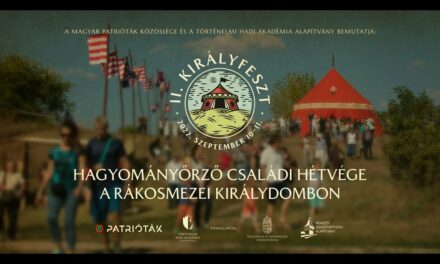The Institute of Art Theory and Methodology (MMA MMKI) of the Hungarian Academy of Arts will organize a workshop on May 3, 2021, starting at 10 a.m., titled The Last Garaboncians, the institution announced in a statement sent to the Hungarian Nation. The organizers are confident that with the scientific analysis of the nine artistic life paths, it will be possible to see the "last Garaboncians" of Hungarian culture more clearly - in addition to persistent fandom.
the Institute of Art Theory and Methodology of the Hungarian Academy of Arts ( MMA MMKI ), thirteen researchers will present and analyze the emblematic artists of the five decades between 1960 and 2010 who took an unusual and original path - Tihamér Vujicsics, Zoltán Latinovits, Péter Hajnóczy, Gábor Bódy, György Szabados, Tamás Cseh, Tamás Kiss Kobzos, Ferenc Sebő and Levente Szörényi .
As they write, in the decade of the 1960s, it was possible to create the second cultural public within a narrow framework. György Aczél supported it at first, but at the same time strongly supervised it, and at the same time banned it. The people at the center of the meeting are basically not politicized, but in retrospect their work may still seem public. The tension of the second publicity is clearly shown by the fact that two sensitive artists (Latinovts and Bódy) ended their lives by themselves - the public assumed this in the case of Hajnóczy as well. While Tamás Cseh competed with that of the biggest stars, György Szabados' career was deliberately blocked by Aczél, and Tihamér Vujicsics were quickly forgotten after his death. Tamás Kiss Kobzos , but his artistic performance is unrepeatable, so his absence makes some of the Szabados compositions unplayable. Ferenc Sebő and Levente Szörényi, who are still alive today, are considered two outstanding figures of the dance hall movement.
The portraits are complemented by the general characterization of the era, so a political history presentation explains the strictly controlled nature of the alternative cultural public. This is followed by an ideological historical approach analyzing the Hungarian underground pop music of the era and its aesthetics, and finally a sociological interpretation draws the alternative musical image of society - the announcement details.
The conference will be broadcast live on May 3 at 10 a.m. on the MMA MMKI YouTube channel.
The full article can be read here: magyarnemzet.hu













